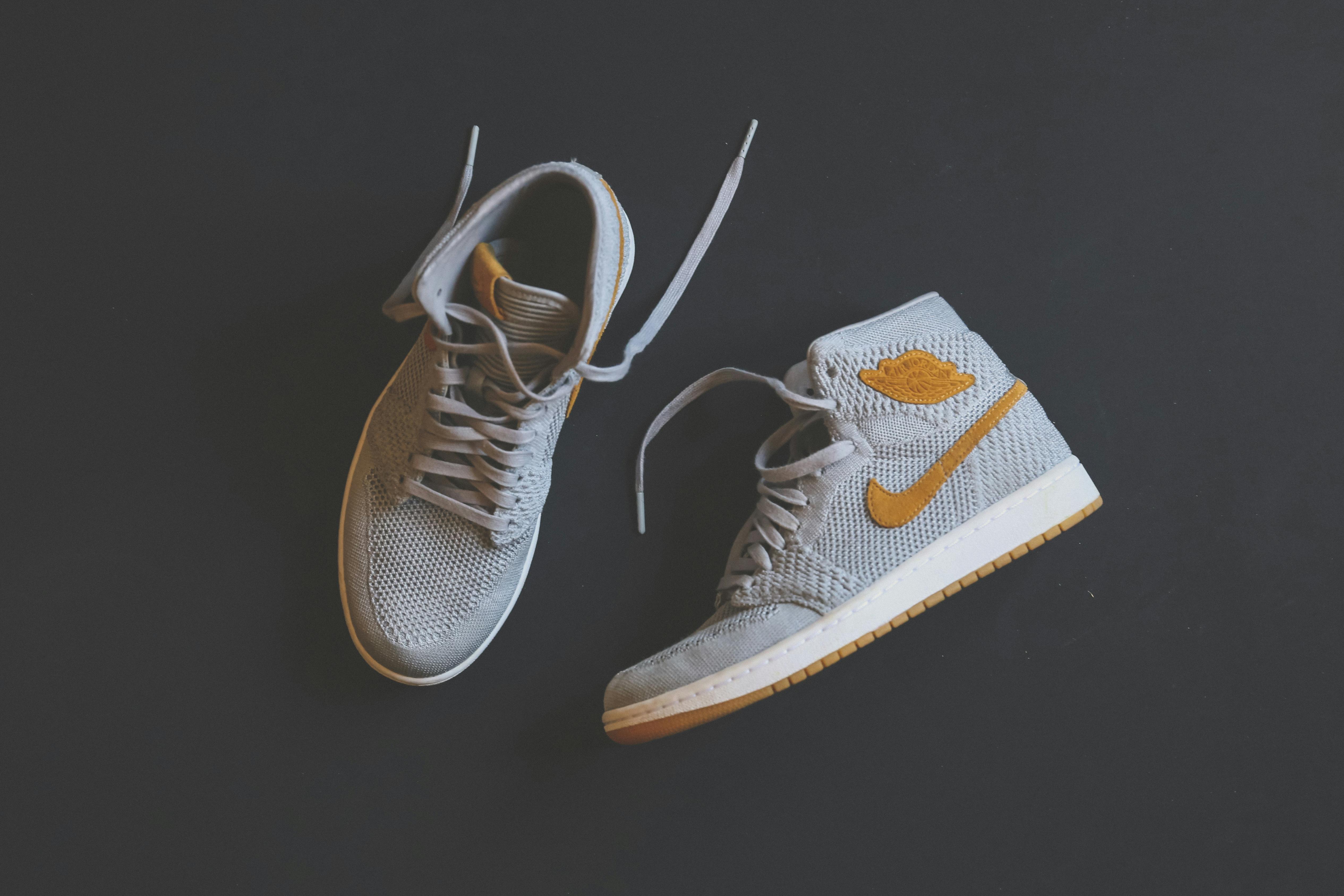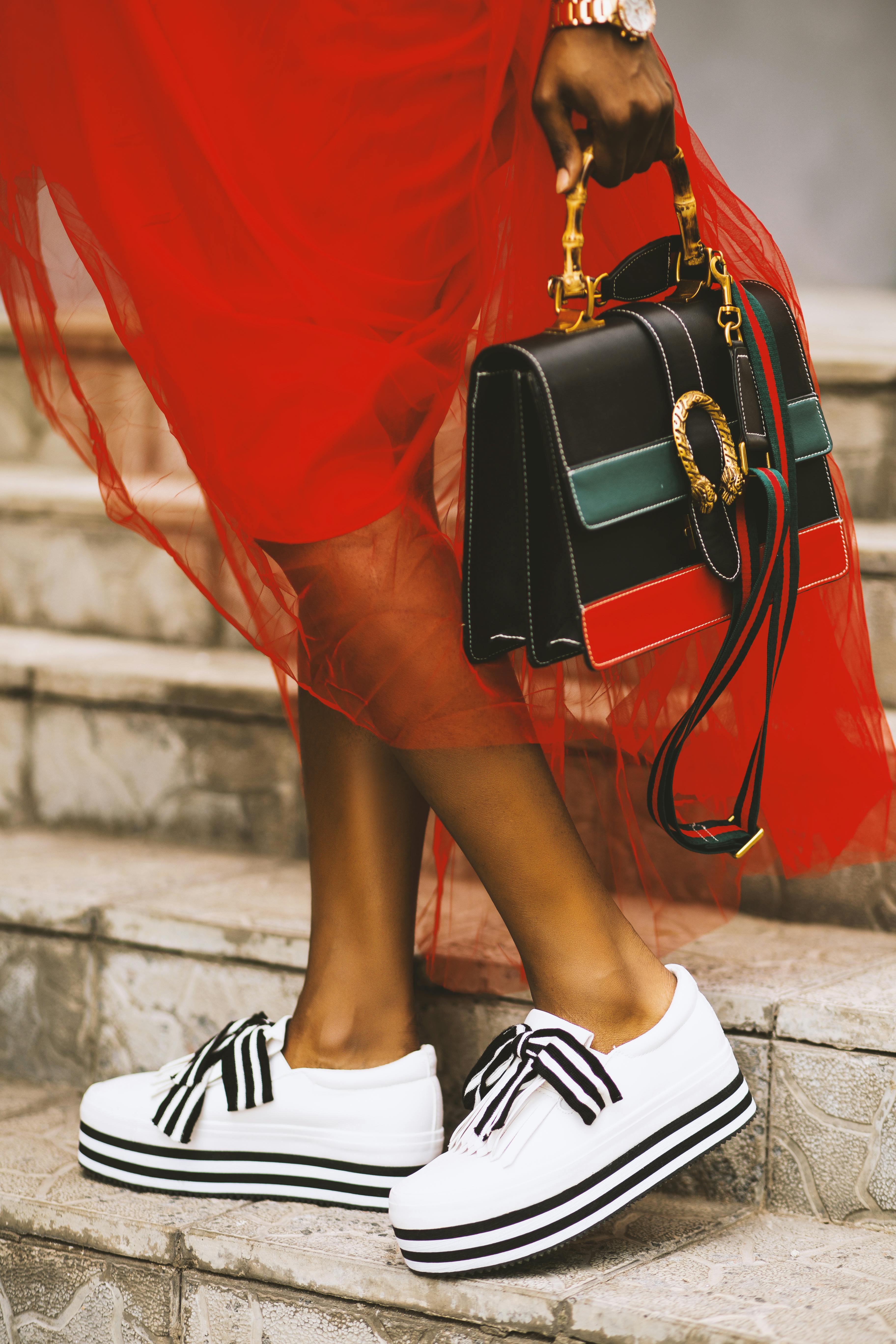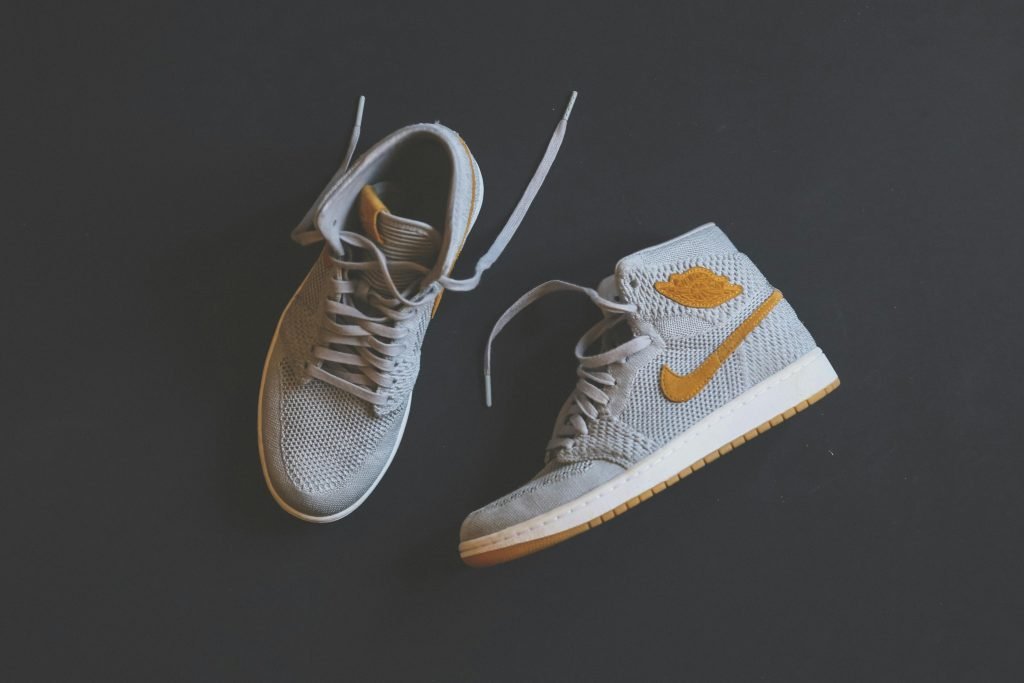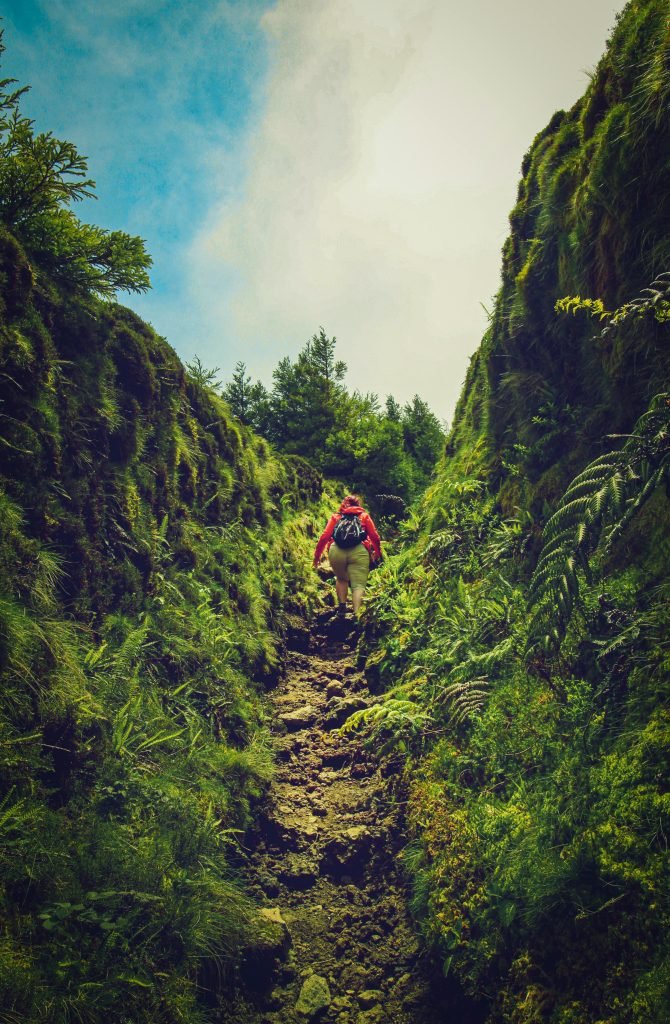What should you consider when choosing outdoor footwear?
Selecting the right outdoor footwear is a crucial decision that can significantly affect your comfort and performance while enjoying activities like hiking, trekking, or just strolling through the park. With various types of footwear available, it’s essential to understand what best fits your particular needs to ensure you have the best experience outdoors.
Understanding Your Outdoor Activities
Before making any purchases, consider the activities you plan to engage in. Will you be hiking rugged trails, walking on smooth paths, or pursuing a different outdoor passion? Each activity demands different footwear characteristics.
Hiking
Hiking combines varied terrain, weather conditions, and duration. Therefore, the correct shoes can make a substantial difference.
- Footwear types: For hiking, options range from trail runners to sturdy hiking boots.
- Terrain adaptability: Choose shoes that provide traction and support for the terrain you’ll be tackling.
Backpacking
Backpacking typically involves carrying a heavy load, meaning comfort alongside durability is vital.
- Support Levels: More ankle support is essential for balance on uneven surfaces.
- Weight considerations: Lighter footwear can reduce fatigue during long hikes.
Casual Walking
For casual walks in the park or city, comfort and style might take precedence.
- Breathability: Look for shoes that allow air circulation to keep your feet cool.
- Cushioning: Adequate cushioning will increase comfort during long strolls.
Footwear Types
Understanding the types of footwear available can help you narrow down your choices based on the activities you love most.
Trail Running Shoes
These shoes are lightweight, offer good traction, and provide a snug fit.
- Pros: Great for quick-paced activities on smooth trails.
- Cons: They may lack the support needed for backpacking.
Hiking Boots
Hiking boots come with a higher cut around the ankle and often feature additional support.
- Pros: Excellent ankle support and stability.
- Cons: They can be heavier and less breathable than other options.
Approach Shoes
These versatile shoes are designed for accessing climbing routes, providing grip and comfort.
- Pros: Ideal for mixed terrain.
- Cons: Less suitable for prolonged distances due to limited cushioning.
Sandals
Perfect for casual walks, and warm weather, sandals can be highly breathable and comfortable.
- Pros: Keep your feet cool and allow for easy slip-on.
- Cons: Limited support and protection for rugged terrains.
Waterproof Shoes
Damp weather can occur unexpectedly, making waterproof shoes a wise choice in certain conditions.
- Pros: Keep your feet dry in wet conditions.
- Cons: May lead to overheating in warm weather.

This image is property of images.pexels.com.
Key Features to Consider
Choosing footwear isn’t merely about style; certain features are crucial for functionality and comfort.
Fit and Comfort
You shouldn’t underestimate the importance of fit.
- Sizing: Always try shoes on with the socks you plan to wear while outdoors.
- Toe room: Ensure there’s enough space for your toes.
Sole and Traction
The sole of the shoe has a huge impact on your stability and grip.
- Tread patterns: Look for deep lugs for traction on muddy terrain.
- Material: A softer rubber sole generally offers better grip.
Weight
The weight of your shoes can affect your energy and fatigue levels during activities.
- Lightweight options: Ideal for speed-oriented tasks.
- Bulkier shoes: Often provide more protection but can lead to discomfort on longer hikes.
Waterproofing and Breathability
Finding a balance between waterproofing and breathability is key.
- Gore-Tex lining: Offers full waterproofing but can lead to sweaty feet.
- Mesh panels: Allow for breathability but may not perform well in wet conditions.
Understanding the Terrain
The different types of terrain you’ll encounter will greatly influence your footwear choice.
Rocky Trails
For rocky trails, your shoes need adequate ankle support and durability.
- Recommended footwear: Sturdy hiking boots with a rigid sole.
Snow and Ice
Winter weather requires specific footwear to deal with cold and slippery conditions.
- Recommended footwear: Insulated, waterproof boots that have a good grip.
Muddy or Wet Trails
In muddy conditions, you need footwear that facilitates quick drainage and drying.
- Recommended footwear: Trail runners with mesh uppers or waterproof boots with effective tread.
Smooth Paths
For easier surfaces, comfort and lightweight options take precedence.
- Recommended footwear: Casual walking shoes or lightweight trail runners.

This image is property of images.pexels.com.
Assessing Your Feet
Understanding the specific characteristics of your feet can lead you to the best footwear choices.
Arch Type
Your arch type can significantly affect comfort levels.
- Flat Feet: May require more arch support.
- High Arches: Look for options with more cushioning.
Heel Width
Knowing whether you have a narrow or wide heel can guide your selection.
- Narrow Heels: Opt for shoes that hold the foot securely.
- Wide Heels: Be sure to find shoes with more room.
Size Variability
Sizes can vary between brands.
- Try Before You Buy: Always try shoes in the store later in the day when your feet are slightly swollen.
Awkward When Breaking In
You might feel confident about your new pair of shoes, but even the best options require a break-in period.
Gradual Introduction
Here’s how you can avoid blisters and discomfort:
- Wear them at home: Start by wearing them indoors to get a feel for the fit.
- Short walks: Gradually take them on short outdoor walks.
Watch for Painful Areas
While you break in your shoes, watch for any friction points or areas of discomfort.
- Pain points: Note where you feel excessive rubbing and consider returning if necessary.

This image is property of images.pexels.com.
Caring for Your Footwear
Taking care of your footwear can dramatically improve its lifespan and comfort.
Cleaning After Use
Regularly cleaning your shoes helps remove dirt and debris.
- Hand wash: Use mild soap and water; avoid harsh chemicals.
- Air dry: Never put shoes in the dryer as it can warp the materials.
Inserting New Insoles
If the insoles that come with the shoes are not adequate, consider investing in a quality insole for added support and cushioning.
- Custom insoles: They can be tailored to your unique foot shape.
- Replaceable insoles: Offer an opportunity to create a fresher environment.
Leading Brands to Consider
While there are countless options out there, certain brands have a reputation for quality outdoor footwear.
Merrell
Known for comfort and durability, Merrell offers a wide range of hiking boots, trail runners, and casual options.
Salomon
Popular for their innovative technology and superior grip, Salomon’s footwear is excellent for various terrains.
Vasque
With a focus on craftsmanship, Vasque boots provide high support and are particularly well-suited for rugged terrain.
Teva
If you appreciate sandals, Teva’s offerings provide comfort along with support, making them well-liked for summer outdoor activities.
Your Budget
Understanding your budget is important when selecting footwear.
Higher-end Shoes
More expensive shoes often provide advanced technology and materials that can enhance comfort and durability.
Mid-range Options
Good quality shoes can usually be found in the mid-range, offering a blend of performance without breaking the bank.
Budget Shoes
While budget options can be appealing, be cautious about sacrificing comfort and durability.
- Trade-offs: A less expensive shoe might wear out quicker or provide less support.
Frequently Asked Questions
How long should I wear my shoes before breaking them in?
It generally takes about 5-10 outings to properly break in a new pair, but everyone’s feet adjust differently.
Is it necessary to spend a lot on outdoor footwear?
Not necessarily. While quality does come at a cost, many mid-range options offer excellent value and performance.
What if my shoes get wet?
If your footwear gets wet, remove the insoles and let them air dry naturally, avoiding direct heat sources which can damage the materials.
How do I know when it’s time to replace my shoes?
If you notice worn tread, lack of support, or persistent discomfort, it might be time for a new pair.
Choosing the right outdoor footwear is an essential step toward enjoying your adventures to the fullest. With an understanding of your needs, the terrain, available features, and proper care, you can select the perfect pair that keeps you comfortable on every excursion. Happy exploring!




